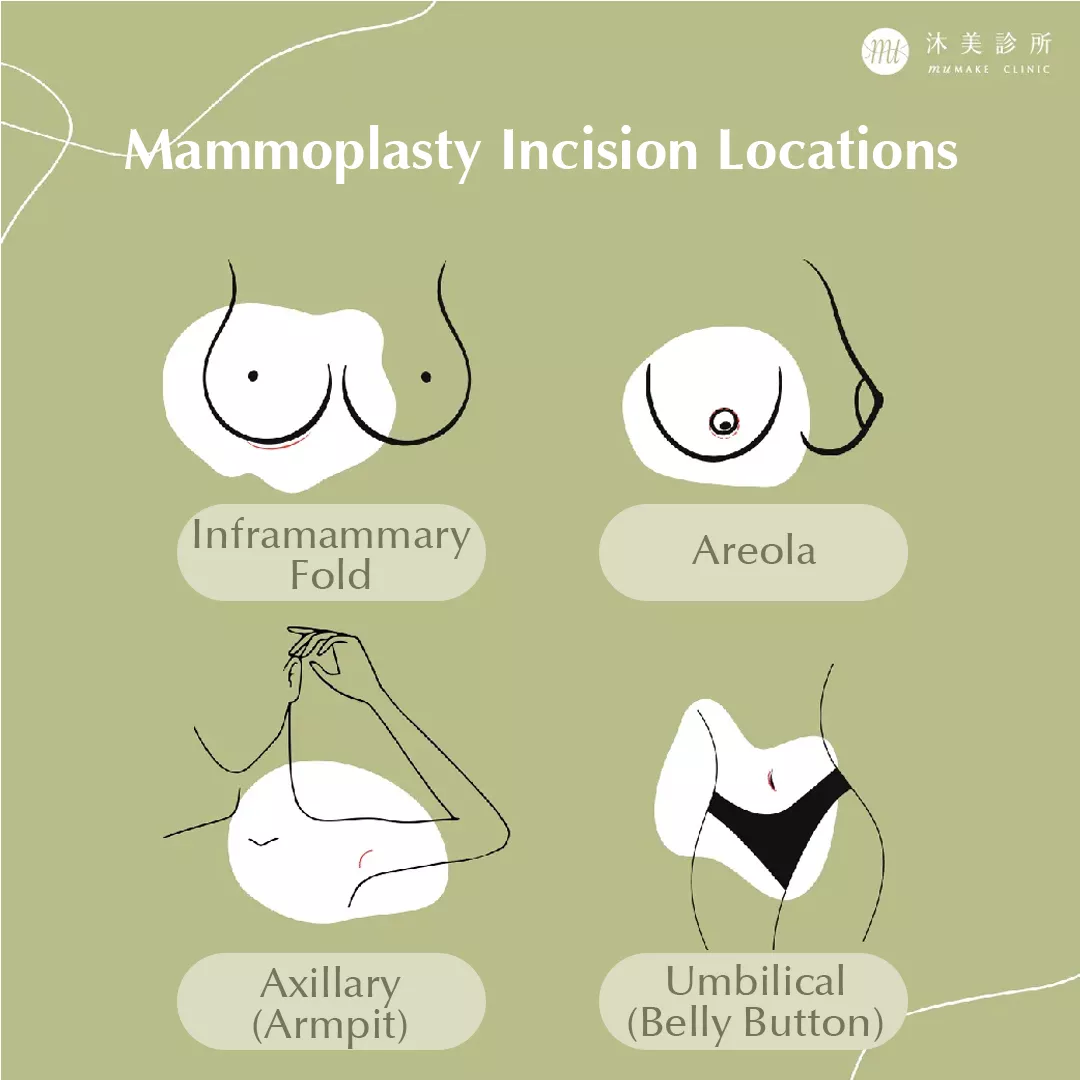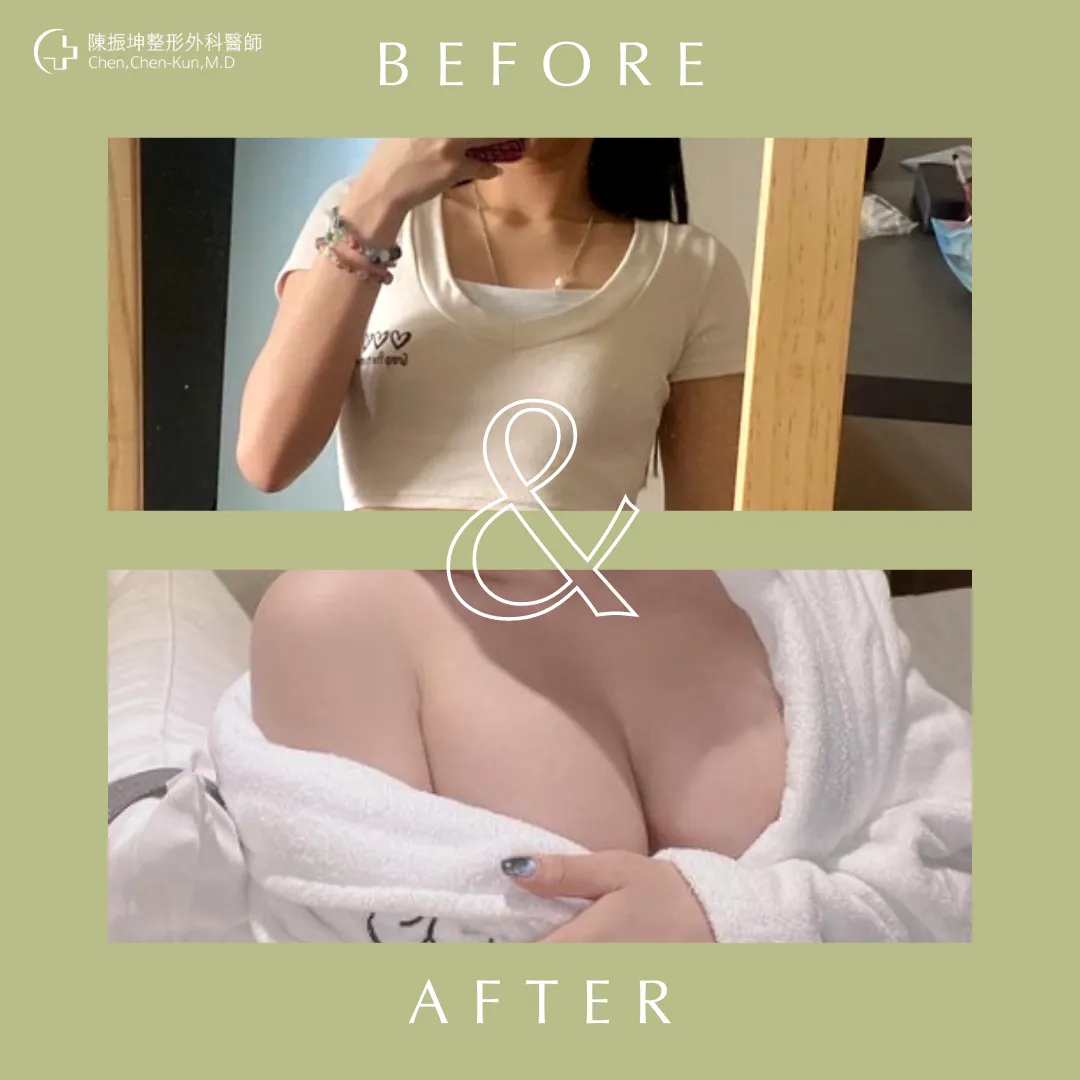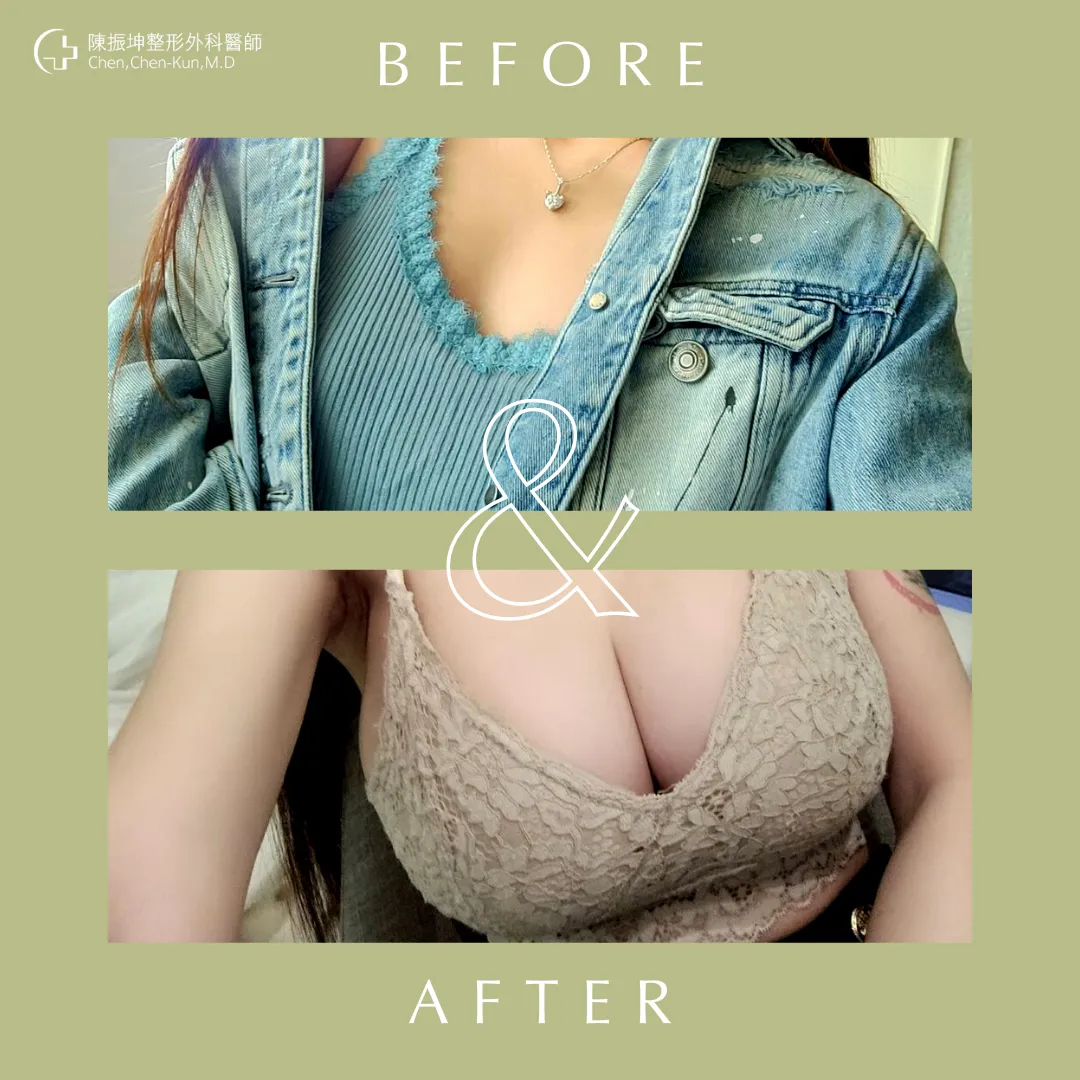Sublimity, developed by the French Sebbin team with 35 years of clinical experience, are a breast implant material crafted with meticulous attention. Each implant is handmade, featuring a low surface roughness, leading it to be classified as "smooth" according to international ISO standards. Despite its smoothness, the surface has a subtle texture, eliminating the need for postoperative massage. The filling material is a high-viscosity gel with excellent biocompatibility, providing a higher degree of hardness and viscosity. This enhances the stretchability and softness of Sebbin Sublimity.
Who is suitable for Sebbin Sublimity?


【Subfascial】
- Suitable Candidates: Women with sufficiently full upper chests and abundant subcutaneous fat.
- Advantages: Softest touch, easy to create cleavage.
- Disadvantages: More visible implant edges, and since the fascia is attached to the pectoralis major muscle and quite thin, it is difficult to detach. It relies on the expertise and extensive experience of a professional surgeon.
【Subglandular (Below the mammary gland)】
- Suitable Candidates: Women with abundant subcutaneous fat.
- Advantages: Less bleeding, lower pain scores.
- Disadvantages: More prone to capsular contracture and infection.
【Dual plane (Half muscle, Half fascia)】
- Suitable Candidates: Lean individuals with underdeveloped mammary glands.
- Advantages: Visually fuller upper chest, less likely to feel or see implant traces.
- Disadvantages: Since approximately 2/3 of the upper half of the implant needs to be placed under the pectoralis major muscle, and the lower third under the fascia, precise dissection and hemostasis are required. The surgeon's skill is crucial for success.
Mammoplasty Incision Locations:

Currently, mammoplasty incisions are made at the inframammary fold, axilla (armpit), areola, and umbilical (belly button). The concealment and pain levels vary for each incision type, so finding the most suitable surgery involves thorough communication with the surgeon to determine the best approach.
Incision Type 1: Inframammary Fold incision
The incision at the inframammary fold hides the expected scar in the natural crease beneath the breast. This is a common choice in Europe and the United States. The incision provides the shortest path, a clear view, and an easily accessible space to place the gel silicone bag. The pain level post-surgery is usually lower. In Taiwan, it is often chosen for revision cases, clients sensitive to pain, those needing reconstruction of the lower breast line, or individuals with larger, slightly sagging breasts that can cover the scar.
- Pros: Lowest pain score, easy postoperative care. Scar is well-hidden when standing.
- Cons: Subtle scars may be visible when lying down. If tissue support is insufficient due to excessive damage to the connecting tissues, using overly large implants, or skin sagging with age, the implant may shift downward, raising the scar position.
Incision Type 2: Transaxillary incision (Armpit)
This is the most commonly chosen incision in Taiwan. The scar from the armpit incision is hidden in the fold beneath the armpit, and with proper postoperative care, individuals with non-scar-prone skin may leave almost no visible scar. Performing mammoplasty via the armpit requires precision with the aid of an endoscope and a skilled surgeon to accurately conceal the scar. However, individuals with fewer armpit folds or very fair skin may experience a longer scar recovery period.
- Pros: Long-term scars are concealed in the armpit folds and are not easily noticeable.
- Cons: Since the armpit incision involves passing through the proximal end of the pectoralis major muscle, the swelling recovery period is longer. Clients who need arm movement during the recovery period or those concerned about temporarily revealing the armpit scar with sleeveless clothing may find this incision less ideal.
Incision Type 3: periareoalr incision
For areolar incisions, size limitations exist, and individuals with small areolas may find it challenging, increasing the difficulty of the mammoplasty and potential for areolar scar issues. The major advantage of areolar incisions is that, even during the recovery period, scars are not visible when wearing a bikini.
For individuals with naturally small breasts and tight breast skin, some may experience problems with depressed scars around the areola. Additionally, the areola contains mammary tissue, and those planning to have children and breastfeed should consider the possibility of ductal obstruction during breastfeeding.
- Pros: Ideal for concealing scars.
- Cons: Unmarried or individuals planning pregnancy in the near future should think twice. Areolar incisions increase the risk of infection, requiring special postoperative care. Too thin clients are not suitable, as there may be issues with scar depression.
Incision Type 4: Transumbilical incision (Belly Button)
Entering through the belly button and placing the implant in the chest. However, due to the inability to perform the entire procedure using an endoscope, the postoperative pain or precision of the results is comparatively lower. Thus, an incision through the belly button is generally not within our consideration.
- Pros: Suitable for individuals who prefer no scars around the breast.
- Cons: Full endoscopic surgery is not possible, resulting in higher pain levels.
Comparison of Various Mammoplasty Materials

Witness
※The case photos in this text are clinic's pre- and post-operative photos, used for treatment explanation or supplementary educational information. They are for reference only. According to the announcement of the Ministry of Health and Welfare, the case records obtained patient consent and are not medical advertisements.






Q:Is the rupture rate of breast implants high?
A:In fact, the rupture rate of current gel silicone breast implants is very low, and most of them do not require massage. Therefore, the risk of rupture due to excessive massage is minimal. However, regular follow-up visits are still recommended, or following the Ministry of Health and Welfare's suggestion, breast MRI imaging every two years after three years of mammoplasty.
Q:How many days of leave do I need for mammoplasty surgery? Do I need to stay in the hospital?
A:The number of days off after mammoplasty depends on the nature of your work. In general office clerical work, you can return to work after three days, but if your job involves physical exertion, such as prolonged walking or heavy lifting, it is recommended to rest for a week before returning to work. Additionally, special attention should be paid to avoiding heavy lifting for one month after surgery.
Q:Where is the incision for mammoplasty?
A:Currently, there are four main types of surgical incisions:under the armpit, around the areola, along the lower breast crease, and at the umbilicus.
Q:How to choose the material for mammoplasty?
A:The suitable breast implant material varies for each person, depending on individual body conditions, preferred texture, and appearance.
Q:How large can I go?
A:For mammoplasty with implants, you can typically upgrade by 2-3 cup sizes in one procedure. For fat grafting mammoplasty, the probability of fat absorption by the body needs to be considered, and the upgrade is usually 1-1.5 cup sizes in one procedure. If you want to upgrade to a larger cup size, it needs to be assessed by the doctor through multiple procedures.
Q:Are there any complications?
A:In reality, there is no surgery with a 100% success rate. All surgeries are performed after careful assessment of safety by the doctor and communication with the patient about possible risks. Generally, potential complications of mammoplasty surgery may include capsular contracture, implant rupture, bleeding/swelling, and infection, among others. However, the probability of these complications is low.
Q:Is there a time limit for implants?
A:Since the rupture rate of current silicone gel breast implants is low, there is generally no need for regular replacement.
Q:Will it affect breastfeeding?
A:If concerned about breastfeeding, the incision for surgery can be made under the armpit to avoid the breast gland.
Q:What is a breast lift surgery?
A:Some individuals with excessively large breasts or severe sagging after childbirth may undergo a combination of areola reduction or mammoplasty to improve breast shape, raise the nipple, and overall breast position. Currently, we use the "hidden scar breast lift" minimally invasive surgery, which leaves almost no visible scars, addressing the issue of traditional breast lift surgery leaving "lollipop-shaped" scars.
Q:Is it necessary to massage after mammoplasty? Will not massaging increase the risk of capsular contracture?
A:For commonly used breast implant materials, including smooth surface gel silicone, velvet surface gel silicone, and the "three drops" of Mandorla, Magic, and Soft, massage is not required. Basically, correct massage techniques for smooth surface gel silicone mammoplasty will not cause implant rupture or leakage, but it can effectively reduce the occurrence of capsular contracture.
Q:Can I wear a bra after mammoplasty?
A:Most postoperative patients are required to wear the clinic's specified wire-free full-coverage bras. If you have gel silicone breast implants with a smooth surface, you should follow the doctor's instructions and wear bras with underwire support for a period of time. Whether or not to wear a bra depends on the doctor's assessment of the individual's chest shape, so it's best to ask the doctor directly.
Q:How long until I can exercise or lift children?
A:It is recommended not to engage in strenuous exercise or lift heavy objects for one month after mammoplasty surgery. Strenuous exercise is defined as any activity that causes breast movement, so it's best to avoid it to prevent excessive bleeding.
Q:Does mammoplasty increase the risk of breast cancer?
A:Currently, there is considerable discussion in the academic community about the correlation between mammoplasty and breast cancer. However, based on clinical experience statistics, there is no association between mammoplasty surgery and the incidence of breast cancer. All surgeries come with certain risks, so it's crucial to consult with a professional doctor and choose a medical team with experience and expertise.
Q:Are there any dietary restrictions after mammoplasty?
A:There are no specific dietary restrictions after mammoplasty. However, there may be a chance of bruising or the risk of hematoma after surgery, so it is advisable to eat less spicy food, drink less alcohol, and avoid supplements that promote blood circulation to reduce the probability of blood vessel expansion, allowing the wound to recover faster.
Q:What lifestyle habits need to be adjusted after mammoplasty?
A:After mammoplasty surgery, it is recommended to avoid engaging in strenuous exercise or lifting heavy objects for one month. The definition of strenuous exercise includes any activity that causes breast movement, so it is best to avoid it to prevent excessive bleeding. Additionally, after surgery, to avoid pressure on the implants, it is recommended to sleep on the side after one week and, depending on the recovery situation and doctor's instructions, to sleep on the stomach.




 Booking Now
Booking Now  Messenger
Messenger  LINE
LINE 


